Backyard flooding is a common problem that can cause extensive damage to your property. If you’re dealing with this issue, don’t worry – we have the perfect solution for you! In this article, we will provide a step-by-step guide on how to fix backyard flooding. We’ll also offer some valuable tips to help you get the job done right. So don’t wait any longer – read on for all the information you need!
How Flooding Can Damage Your Backyard
Of course, backyards can also be damaged by other factors such as storms, runoff from hillsides, and even sprinklers that are left on for too long. But flooding is a special case because it can happen gradually or very suddenly, and it’s often caused by things that are out of our control, like heavy rainstorms.

Flooding can damage your backyard in several ways. First, flooding can cause soil erosion. Soil erosion is when water washes away the top layer of soil, exposing the roots of your plants and making them more susceptible to damage. Second, flooding can also damage plant life directly. When water saturates the roots of your plants, it can cause them to rot and die. Finally, flooding can also damage your lawn by washing away the top layer of grass, leaving behind a bald patch. [1] [2]
How to Fix Flooding in Backyard
While fixing the existing damage may be hard and next to impossible in some cases, there are a few things you can do to prevent further damage and even avoid flooding altogether.
Find the flooding source
The first thing you need to do is identify the source of the water. Is it coming from a nearby river or stream? Is it runoff from a hillside or parking lot? Or is it simply due to heavy rains? Once you know where the water is coming from, you can take steps to redirect it away from your backyard.
If the water is coming from a river or stream, you’ll need to build a berm (a mound of dirt) along the edge of your property to redirect the flow of water. If the water is coming from runoff, you can install gutters and downspouts on your house and shed to redirect the water away from your backyard.
Finally, if the water is coming from heavy rains, you can install a French drain (a type of drainage system) to collect and redirect the water.
Clear water from flooded patios and walkways
The next step is to clear any water that has already pooled on your patio or walkway. This will help to prevent further damage and make the area safer.
Once the water is removed, you’ll need to clean and dry the area as much as possible. This will help to prevent mold and mildew from growing.
Re-grade the yard
One of the most common solutions to backyard flooding is to regrade the yard. This means changing the slope of the land so that water runs away from your home instead of towards it. If your yard is already sloped, you may need to add more dirt to create a steeper incline. You can also create drainage swales – shallow ditches that direct water runoff away from problem areas.
There are a few things to keep in mind when re-grading your yard:
First, make sure you have the proper permits before doing any work. You may need approval from your city or homeowners association before making changes to your property.
Second, be careful not to change the grade too dramatically. A sudden drop in the land can create new problems, such as erosion.
Third, make sure any drainage ditches are properly sloped so that water flows away from your home. A ditch that is too flat will not be effective.
If you’re not sure how to regrade your yard, or if the thought of doing it yourself seems overwhelming, you can always hire a professional landscaper to do the work for you.
Protect your foundation
One of the most important things you can do to prevent flooding damage is to protect your foundation. Water can seep into your home through cracks in the foundation, so it’s important to make sure that your foundation is in good condition. You can do this by regularly checking for cracks and repairing them as soon as possible.
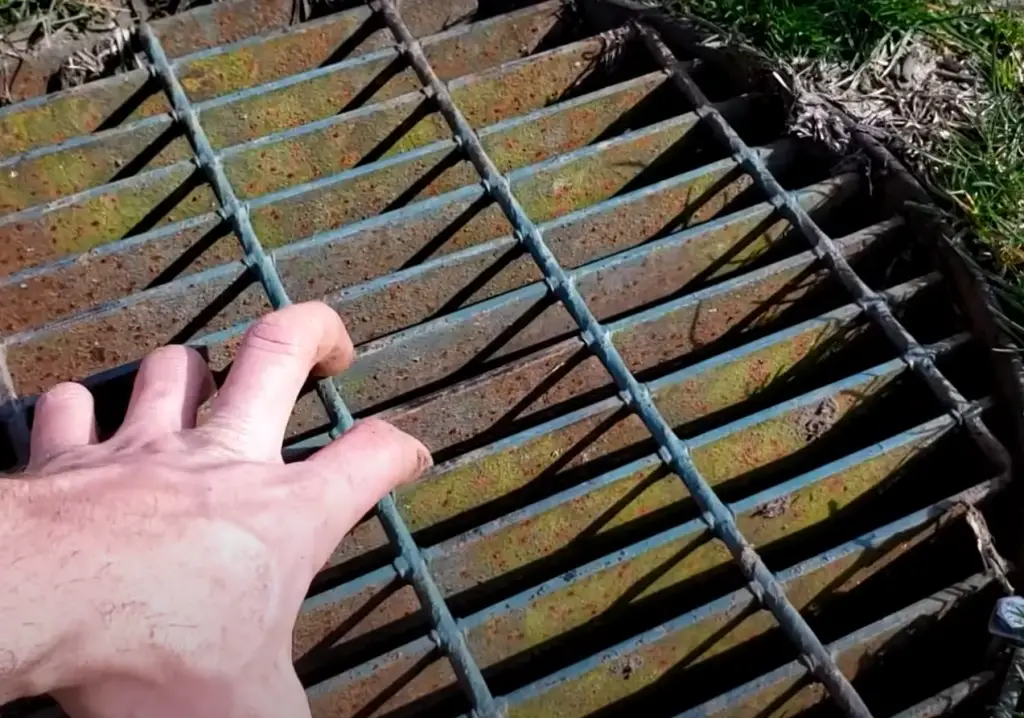
Another way to protect your foundation is to install a French drain. A French drain is a trench that is filled with gravel and drains water away from your home. By redirecting water away from your foundation, you can help prevent flooding and other damage to your home.
You can also use landscaping to protect your foundation. Planting trees and shrubs around the perimeter of your house will help absorb some of the water that would otherwise run off toward your foundation.
Finally, you can also install a sump pump. A sump pump is a pump that is installed in the lowest part of your basement and pumps water out of your home when it starts to flood. Sump pumps are an important part of any flood prevention plan, but they should only be used as a last resort because they can actually cause flooding if they’re not installed properly.
Add mulch to your garden beds
Mulch is a layer of material, usually organic, that you spread on top of the soil in your garden beds. Mulch helps to protect the soil from erosion and keeps the roots of your plants cool and moist. It also helps to prevent weeds from taking over your garden bed. You can find mulch at most hardware or gardening stores.
If you live in an area that’s prone to flooding, you may want to consider using a type of mulch called hydro-mulch. Hydromulch is a special type of mulch that’s made from a mix of wood chips and water-absorbent polymers. These polymers help to absorb and store water, which can help to reduce flooding in your yard.
Plant new grass and plants
Planting new grass and plants is a great way to prevent soil erosion and help hold the soil in place. When choosing new plants, be sure to choose ones that are native to your area and that are known to be tolerant of wet conditions. Some good options include:
- Trees: maple, oak, willow;
- Shrubs: azalea, rhododendron, holly;
- Perennials: daylily, iris, black-eyed susan;
If you’re not sure what plants are best for your area, talk to a local nursery or your county extension office.
Install a rain barrel
One of the best ways to prevent flooding in your backyard is to install a rain barrel. A rain barrel is a large container that collects and stores rainwater from your roof. When it rains, the water runs off your roof and into the rain barrel instead of flowing into your yard. This can help reduce flooding because it prevents the water from saturating the ground around your house.
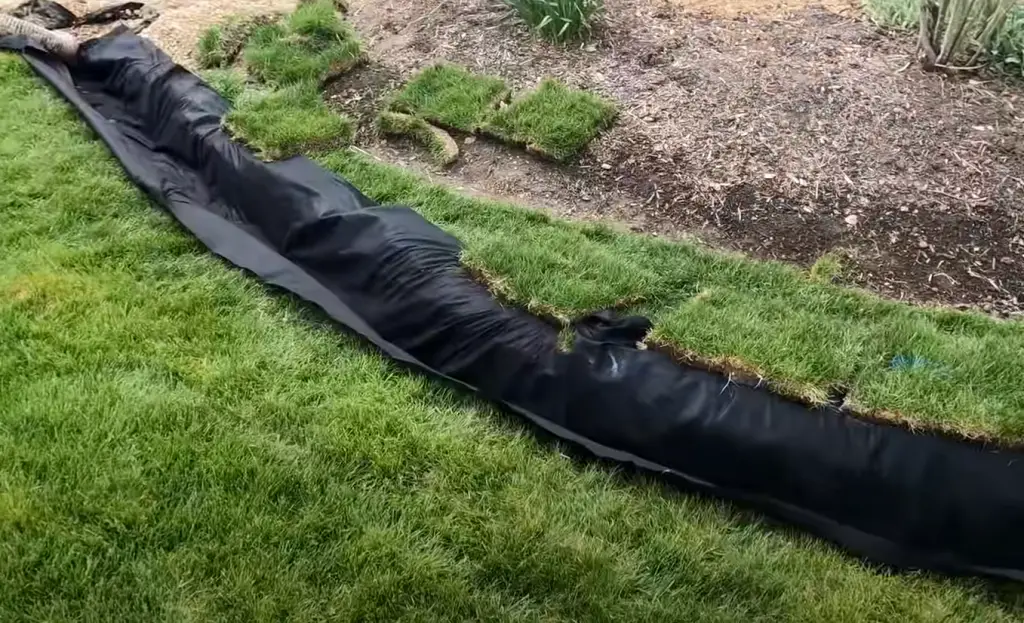
You don’t even need to buy a specialized rain barrel. You can use any large container, like a garbage can or a 55-gallon drum. Just make sure it has a lid to keep out debris and mosquitoes.
Plant a rain garden
If an area of your garden is constantly wet or prone to flooding, you can turn it into a rain garden. A rain garden is a type of garden that’s specifically designed to hold water. They’re usually planted with native plants that are tolerant of wet conditions. Rain gardens work by intercepting runoff from your roof and driveway and allowing it to seep into the ground slowly, rather than running off into your yard.
To build a rain garden, you’ll first need to find a location in your yard that drains well. Then, mark out the area of the rain garden with string or stakes. The size of the rain garden will depend on the amount of runoff you have, but a good rule of thumb is to make it about one-third the size of the impermeable surface that’s draining into it (like your roof or driveway).
Once you’ve marked out the area, you’ll need to excavate it to a depth of about six inches. Then, add a layer of gravel to the bottom of the rain garden and top it off with native plants. Be sure to choose plants that are tolerant of wet conditions and can survive in both sun and shade. Some good options include blue flag iris, Joe Pye weed, black-eyed Susans, and cardinal flowers.
Dig for flood control
Last but not least method you can use to prevent flooding is to build a drainage ditch around your property. A drainage ditch is a small trench that helps redirect water away from your home and into a nearby storm drain or body of water. You can dig a drainage ditch yourself with a shovel, or you can hire a professional to do it for you.
You can also take steps to protect your plants from flooding by planting them in raised beds or pots. Raised beds are elevated planters that help keep roots dry and offer protection from flooding. Pots, on the other hand, can be moved to higher ground if necessary.
Finally, you can also try to redirect runoff from hillsides or neighboring properties away from your yard with a retaining wall. A retaining wall is a wall that’s built to hold back water. You can build a small retaining wall yourself with some basic materials, or you can hire a professional to do it for you. [1] [2] [3] [4]
FAQ
How do you fix a flooded lawn?
The most important thing you can do is to stop the water from coming in. This may mean fixing a gutter, downspout, or other drainage problem. Once the water has been diverted, you’ll need to remove the excess water and then repair any damage that was done by the flooding.
How do I divert water from my yard?
There are a few ways that you can do this. One is to create a berm, which is basically a mound of dirt or soil that will act as a barrier to stop the flow of water. Another way is to install a French drain, which is a trench that has been filled with gravel and drains water away from your property. Finally, you can also install culverts, which are pipes that allow water to flow underneath your yard and away from your home.
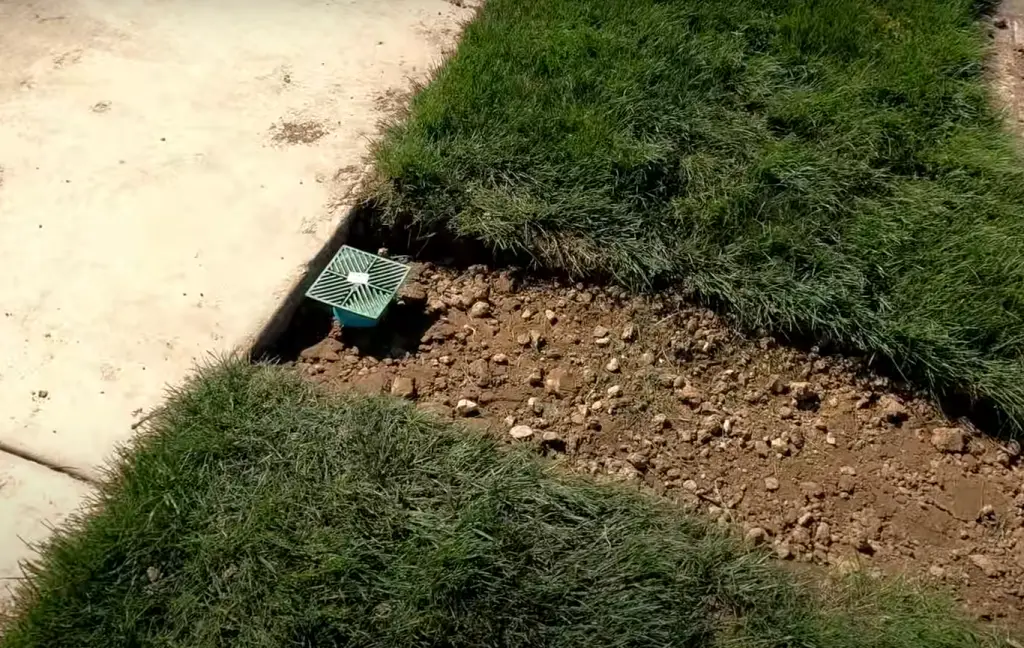
How do you stop flooding in your area?
There are a few things you can do to help prevent flooding in your area. First, make sure that your gutters and downspouts are clear of debris so that they can drain properly. You should also check the grading around your home to make sure that it slopes away from the foundation to allow water to run off. Finally, you can install a French drain or another type of drainage system to help collect and redirect water away from your home.
Why is my yard holding water?
There are a few reasons your yard might be holding water. Maybe there’s not enough drainage, or the ground around your house isn’t sloped properly so water pools instead of drains. It could also be that something is blocking the flow of water, like an old root system or debris.
Useful Video: Fixing my Backyard Drainage Issues (Rain = Duck Pond)
Conclusion
Flooding in your backyard can be a real pain. But with a little bit of effort, you can fix the problem and enjoy your yard again.
One way to protect your backyard from flooding is to create a drainage system. This can be as simple as digging a trench around the perimeter of your yard and lining it with gravel. The gravel will help to absorb some of the water and redirect it away from your yard. You can also install gutters on your house and direct the downspouts away from your yard to help keep the water level down.
It’s important to act quickly when you have a flooded lawn. The longer the water sits, the more damage it will do. If you’re not sure how to fix the problem yourself, don’t hesitate to call a professional. They will be able to help you determine the best course of action and make sure that your lawn is back in tip-top shape in no time. Thanks for reading!
References
- https://www.bobvila.com/slideshow/6-smart-ways-to-prevent-a-soggy-yard-with-every-rain-shower-52840
- https://restorationmasterfinder.com/restoration/how-to-restore-flooded-backyard/
- https://www.gardengatemagazine.com/review/my-yard-floods-when-it-rains-what-should-i-do/
- https://www.rothconstruction.com/8-backyard-landscaping-ideas-for-yard-flood-prevention/





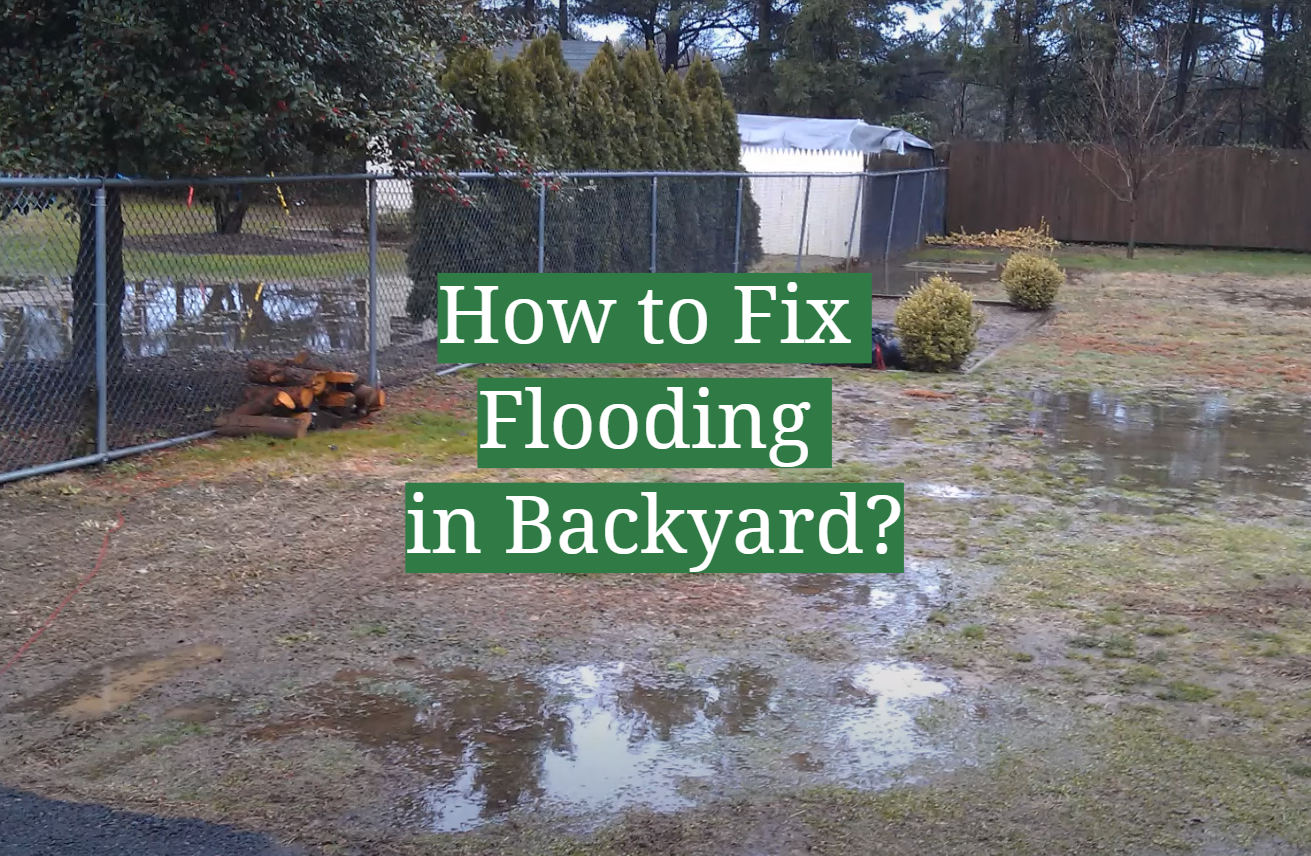
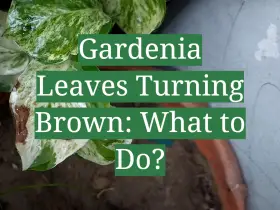


Leave a Reply
View Comments